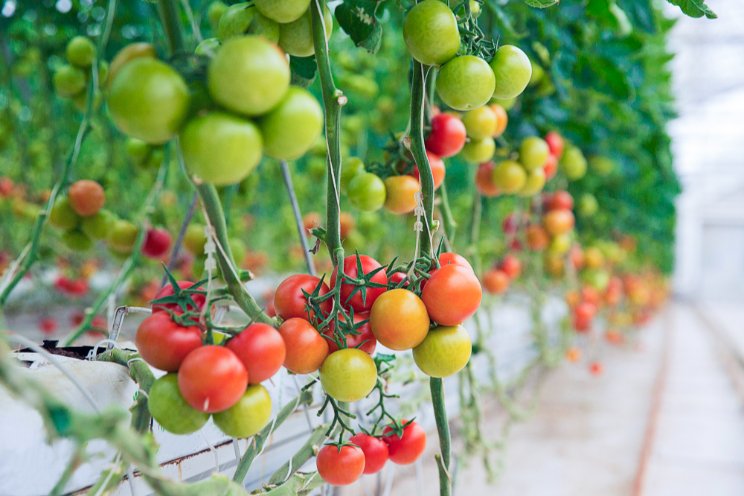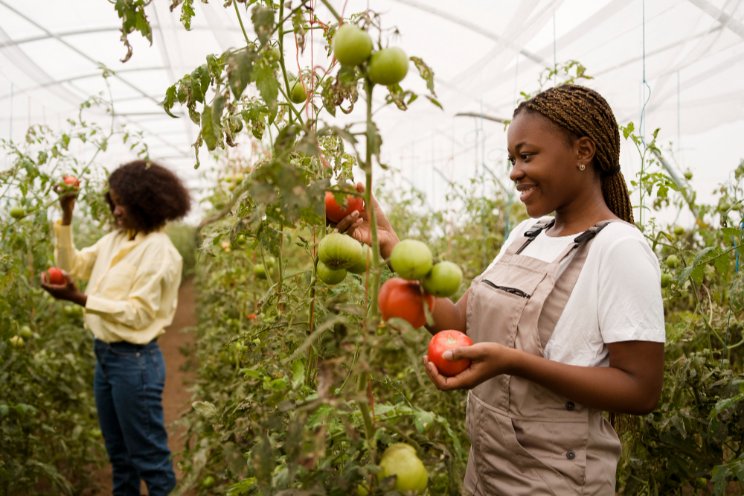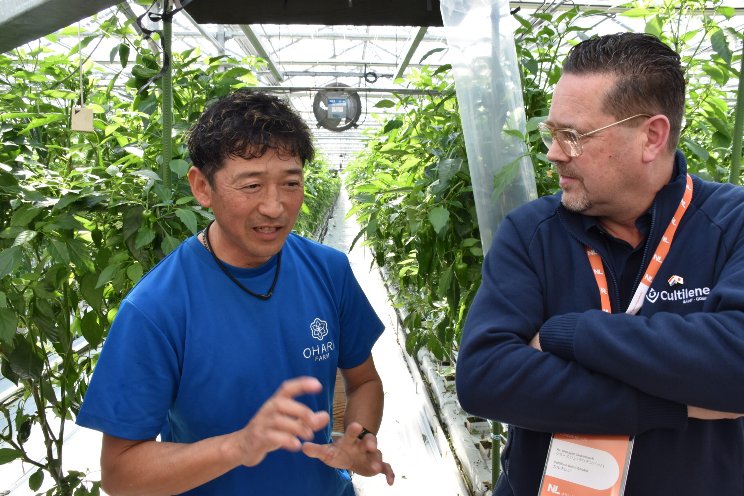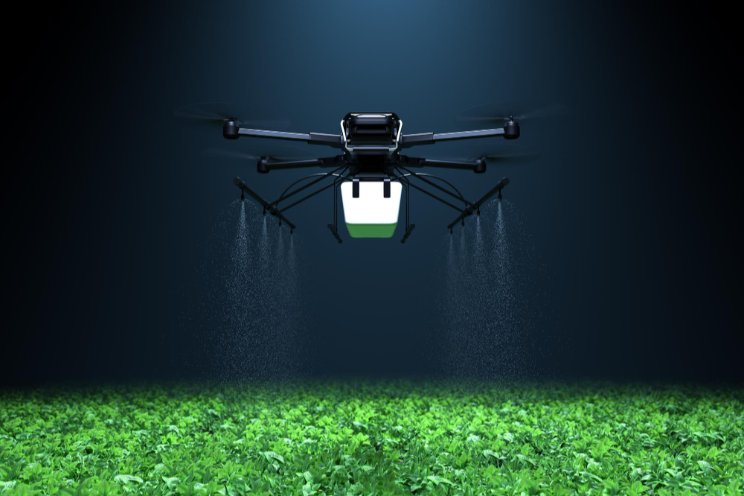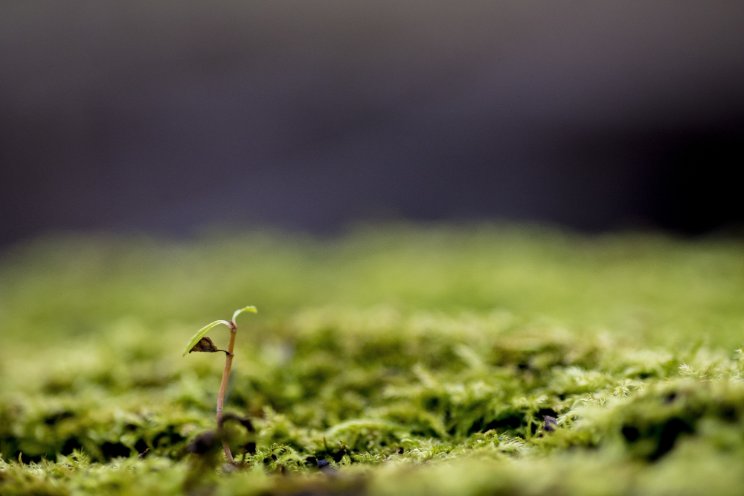Korea’s floriculture industry: why has it declined?
Added on 12 October 2023

Dr. Park Kihwan, Research Director at the Korea Rural Economic Institute (KREI), presented an overview of the ornamental horticulture industry in the Republic of Korea over the past couple of decades. In 2005, there was peak in the industry in Korea. Park noted: “In 1990, the sales revenue was 239.3 billion Korean won. By 2005, it grew significantly to 1.105 trillion Korean won, indicating a growth of approximately 400%. However, in 2021, it decreased to 538.2 billion Korean won.”
Why has the industry declined in Korea? Mr. Lim Yuktaek, President of the Korea Florist Association (KFA) and Korea Federation of Flower-Related Associations (KOFLAS) attributed it to the public opinion on ornamental flowers. He commented: “Flowers are still perceived as a luxury expenditure.” Typically, flowers are bought for events, such as weddings, and not seen as a day-to-day purchase. Lim continued: “Recent economic downturns have also led to a reduction in consumer spending.”
In order to combat the industry’s decline, the Korean government has initiated several programmes to support growers and change public opinion. Park commented: “In order to maintain the industry in the future the government established a consultation body for the floriculture industry. They plan to provide subsidies for growers who need to invest in their infrastructure.”
Photo: AIPH
More news

